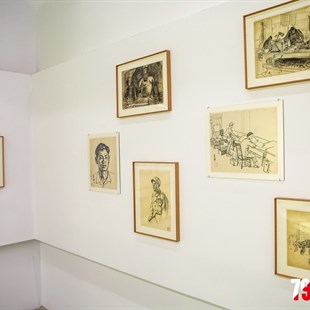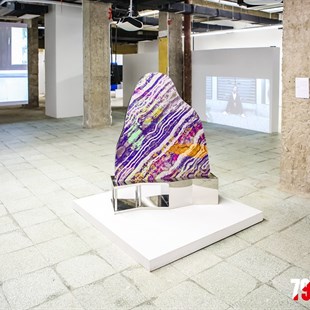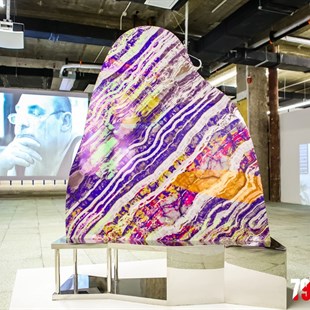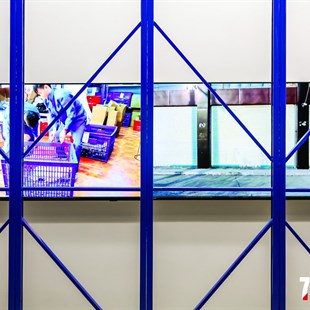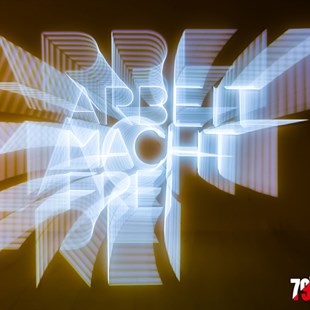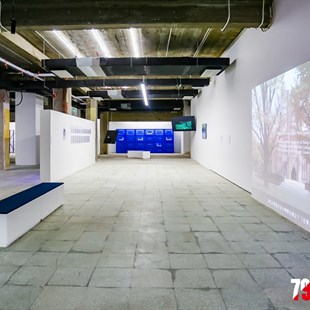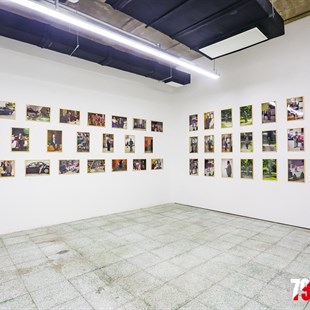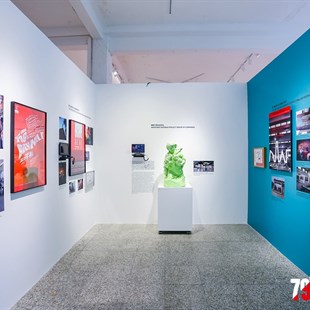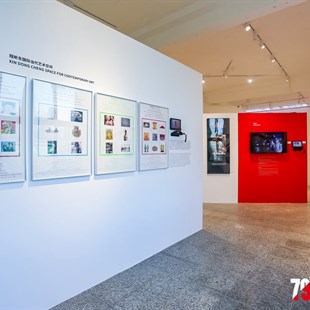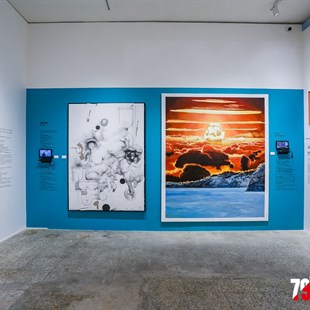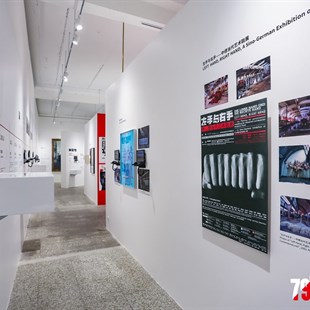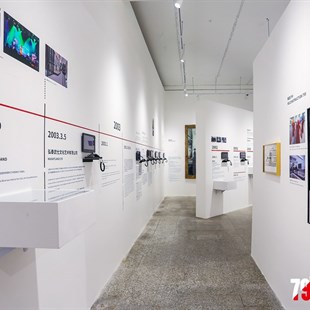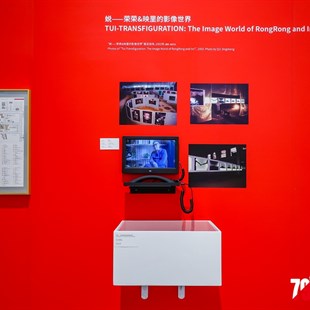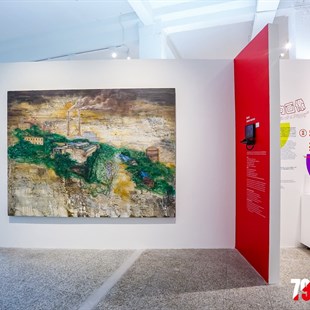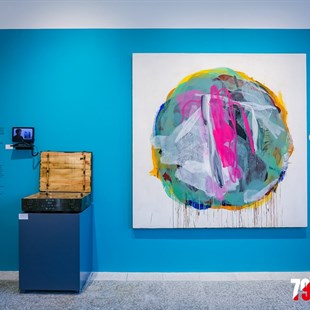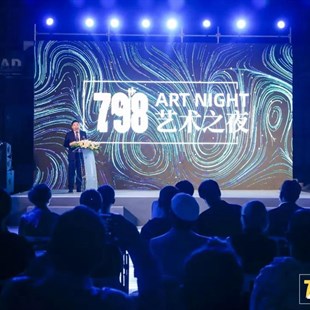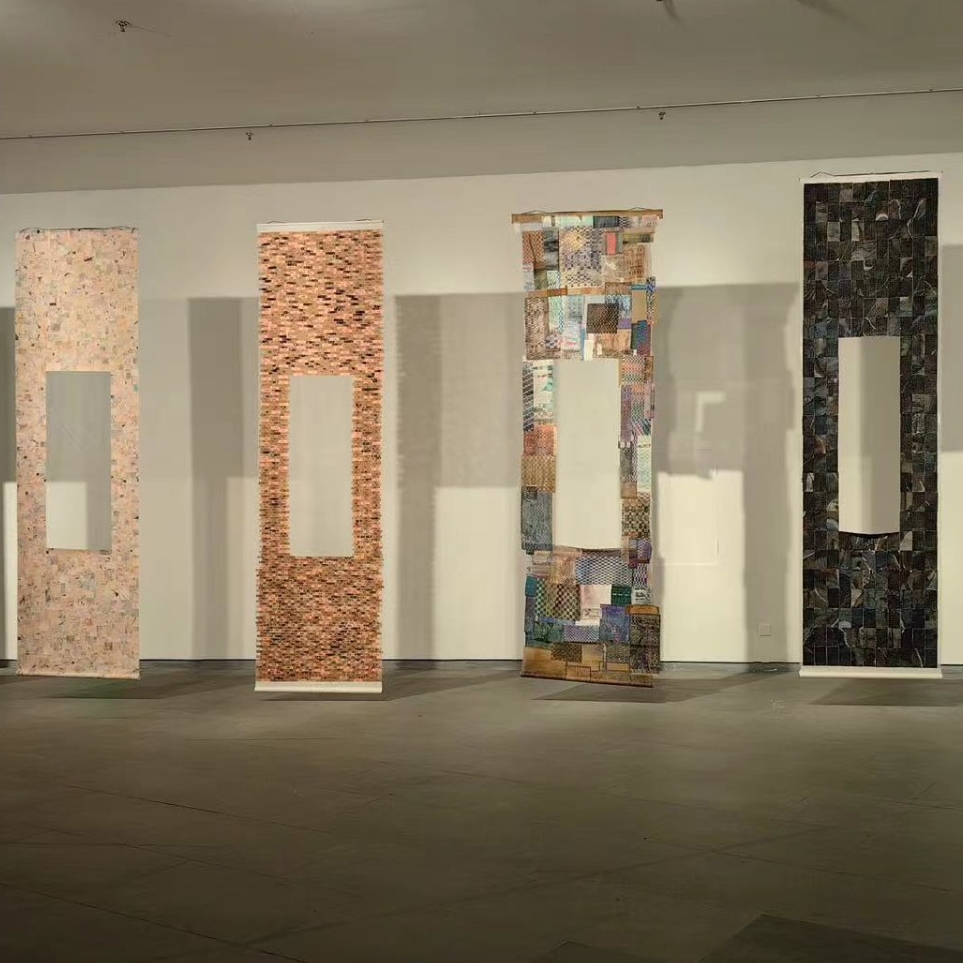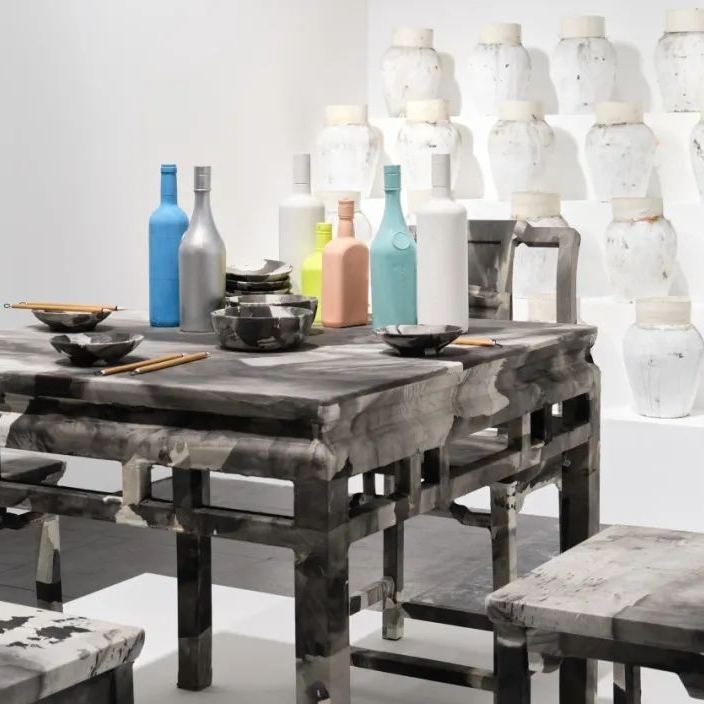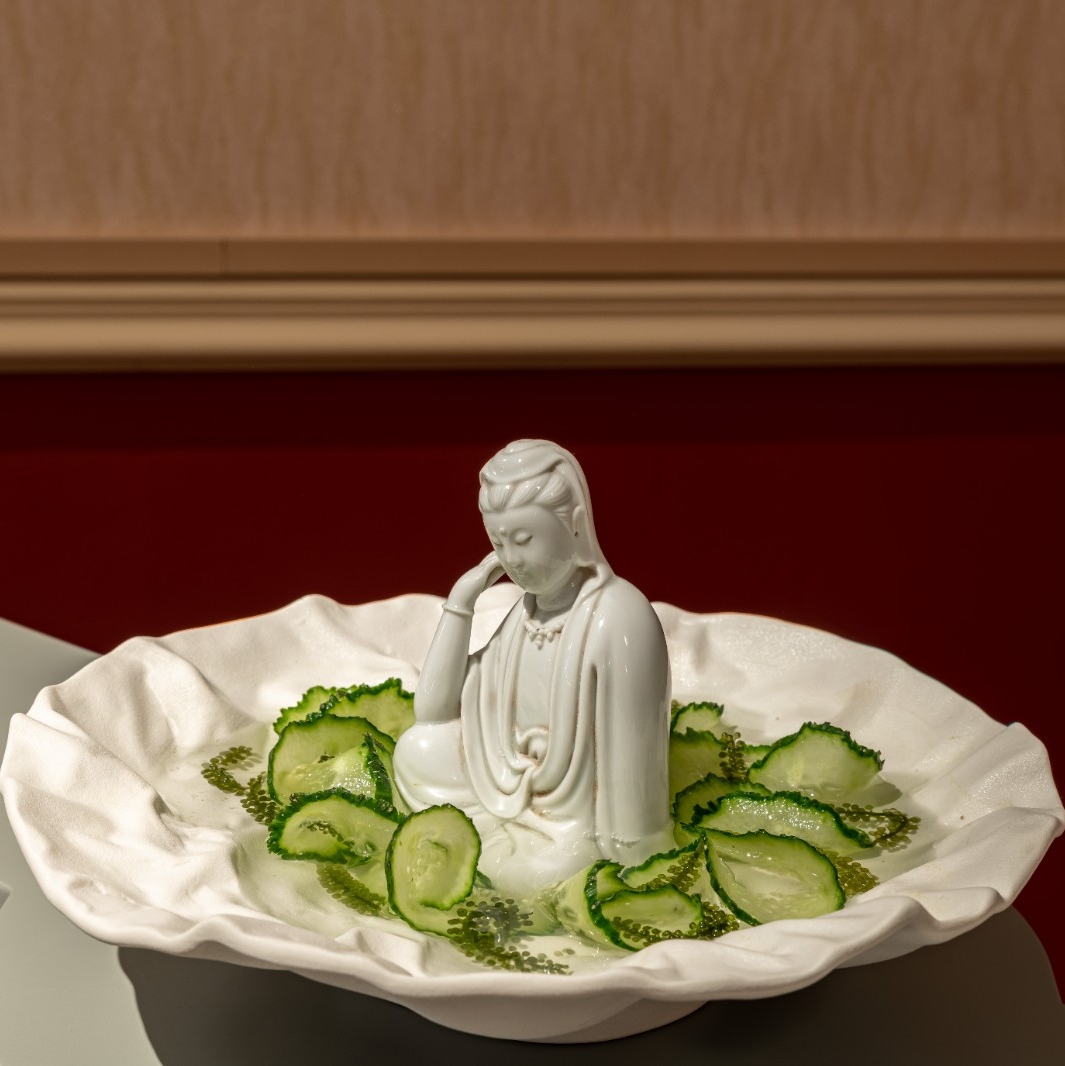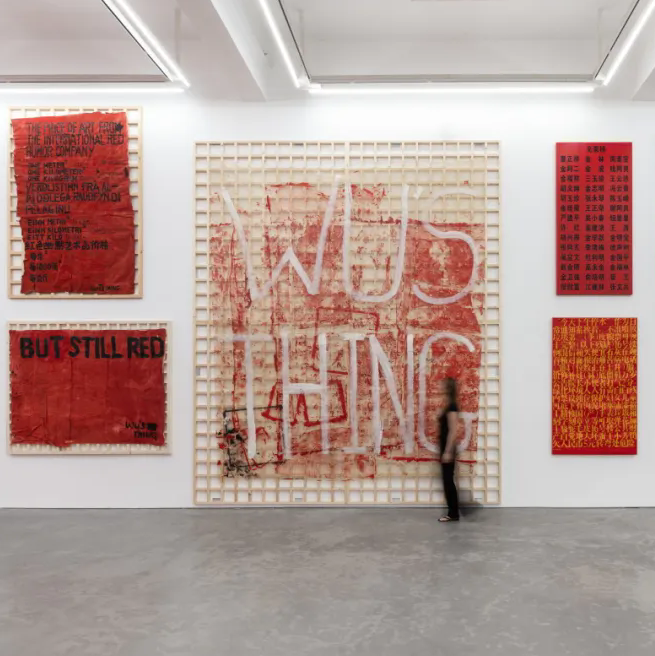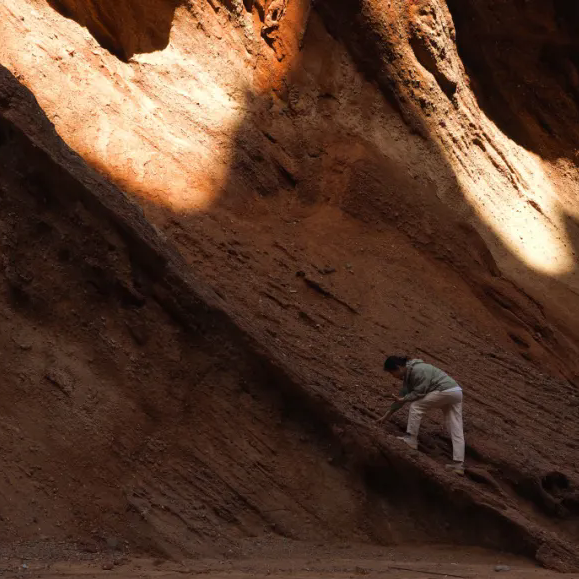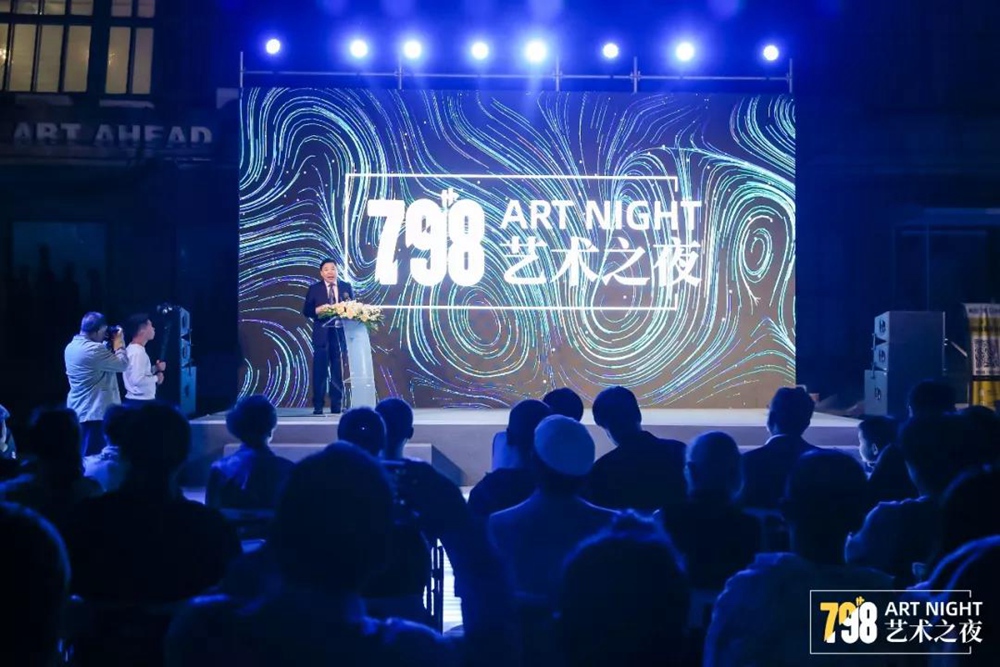
Perhaps daytime is the best time to visit exhibitions, but what kind of visitors are attracted to view exhibitions at night?
It is worth considering if art exhibitions should participate in the nightlife of today. Recently, apart from “A Series of Art Exhibition” and “798 Art Night” organized by 798 Art District, events like Forbidden City’s first “Lantern Festival Night” and the extending of the opening hours into the evening improved visitor numbers of museums in Guangdong, as well as the Night View of the exhibition “Leandro Erlich: The Confines of the Great Void” held by CAFA Art Museum among others, all these activities focus on museums and art museum’s “night economy”. However, how can art bear the “night economy”? It is a question regarding people and art.
I. Day and Night of Art Museums
Daytime is the primary period for visiting various art exhibitions in museums, art museums and art districts. But in modern society, many people have been occupied by work during the day. People also confront diversified events during their weekends and holidays.
In this case, viewing exhibitions at night could be an excellent choice. Immersing in the atmosphere of night in art spaces breaks with regular activities to attract people who expect a different feeling. If bars and nightclubs are places for releasing moods, art museums and museums at night are new spaces that can enlighten audiences.
Compared with these in China, art museums and museums in western countries have already started to open and offer night hours for spectators. Through long-term and regular opening hours at night, they meet the requirements of current bustling society. For instance, The Musée du Louvre extends their opening hours till 9:45 pm every Wednesday and Friday; the British Museum remains open till 8:30 pm every Thursday and Friday; the Metropolitan Museum of Art opens till 9:00 pm every Friday and Saturday. When faced with these examples it can provide a reference for the Chinese artistic economy, art institutions and art districts should conduct a self-examination regarding their various needs and standards. The blind imitation without any reflection or feedback can only cause extra work and difficulties.
II. The “Night Economy” of the 798 Art District
As an international art phenomenon and art zone, the 798 Art District is regarded as a coordinator for numerous art districts to discuss their operation and development. Under the appeal of the “Night Economy” in Beijing, the 798 Art District is devoted to establishing a commercial brand featuring “Night Beijing” with an international reputation. The series events of “798 Art Night” explores the potential of evening cultural activities in this area, and aims to develop the 798 Art District to be a destination that attracts national and international visitors’ night cultural enjoyment.
Art is the protagonist of the art districts, while the economy guarantees the energy for them. Art districts at night are the treasure that expects awakening and exploring. The central part of further development depends on the relationship with art districts when integrating the ideas of art, economy and nights. Based on existing art resources, 798 Art District makes an effort to realize various active attempts to gain further development of the night economy. It awakens people’s spirit through art before gaining wealth through art.
It is difficult to achieve long-term economic benefits by merely extending the night opening times in the art districts. Instead, more preparations are necessary to realize the goal of sustainable development. The unique night environment enables more complicated outdoor activities, which requires artistic appreciation in terms of the display of artistic landscapes and landmark spots. Specifically, indoor art exhibitions require diversified art forms to stimulate the identity of the night culture. Moreover, the convenience of night travel and night service varies in different climates in different regions which are worth considering. Meanwhile, the art exhibitions at night desire increasingly unified organization to optimize the product of a night economy.
III. The Artistic Ecosystem at the Era of “Night Economy”
The operation mode varies from different identities of art institutions – profit or non-profit, art museums, museums or art districts. The commercial art institutions seem to have a broader space to develop as the government-based art organizations emphasize the way to optimize the value of a public service. In the art world, the need for customers is always guided by art promotion. The marketing of art has a natural advantage, but whether customers can recognize it is a long-term problem that requires a discussion.
The launch of the “798 Art Night” identifies art districts’ as a new era of the night economy. It is embodied by a number of project proposals, art exhibitions and their integration with commerce. In this age of the night economy, the artistic ecosystem in China might step towards a more interesting direction. Although it is not clear at this stage that it is a long-term and beneficial start, under the modern technological lifestyle, the artistic enjoyment at night would not be wasted.
It is an attempt to announce the night economy of the 798 Art District. It reveals the necessity for persistently maintaining and excavating the artistic value when following policies and pursuing economic benefits.
Text by Lin Lu
Translated by Emily Weimeng Zhou
Edit by Sue/CAFA ART INFO
Photo courtesy of the organizer


